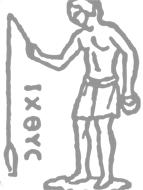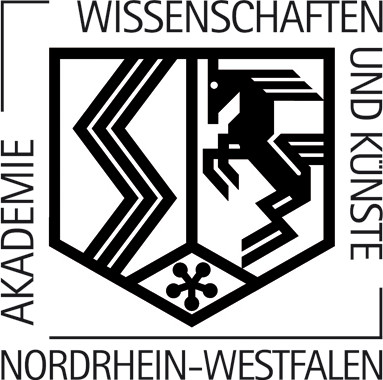Das Judentum im 1. Jahrtausend nördlich der Alpen aus archäologischer Sicht
JbAC 63 (2020) Seiten: 34-53
mit Taf. 1/4In the 1960s, the ancient and early medieval history of Judaism within modern Germany was revisited. Sources, however, are extremely sparse. Apart from the few archaeological finds with symbols of a definite or probable Jewish background, mostly pictures of the menorah. There is only one possible architectural feature of a synagogue and a single written source from the pre-Ottonian period. Typically referred to as the ›Edict‹ or ›Decree of 321‹, the text is actually an excerpt from the Codex Theodosianus. Often this is heavily interpreted and used as evidence of a developed and prosperous Jewish community in Cologne. But what can we actually say about this source if it in fact relates to Cologne?
Based on archaeological dating, the earliest material evidence for Judaism in Cologne belongs to the early 11th century, contemporaneous with the beginning of medieval Jewish institutionalisation in Germany and France. The question arises as to the possible and conceivable continuity of the Jewish communities or – perhaps more correctly – a new foundation. The earliest origins and traditions, both antique and early medieval, of Judaism north of the Alps can be found in neighbouring France. This is shown by a distribution map of Jewish archaeological and written sources from the 1st millennium.


